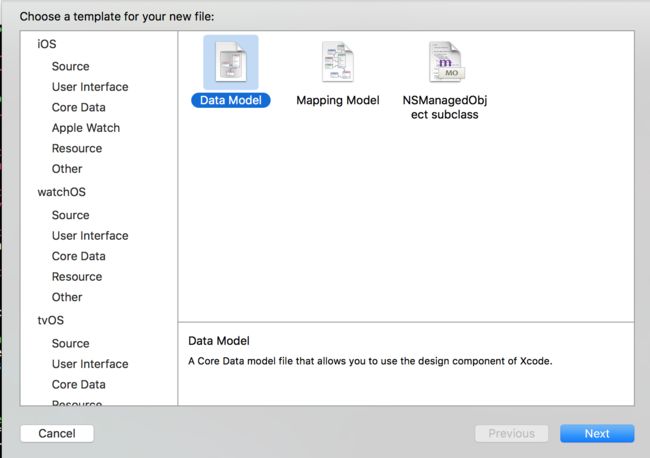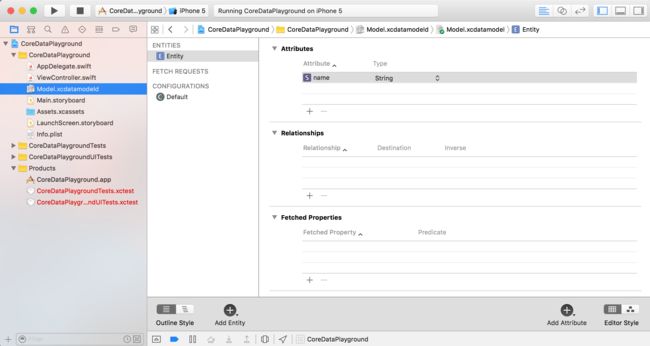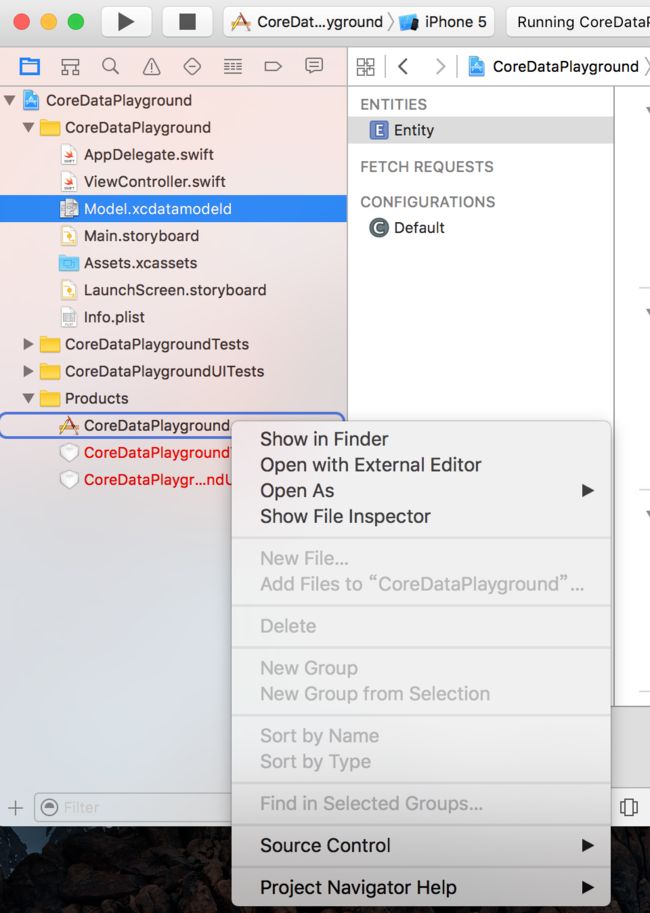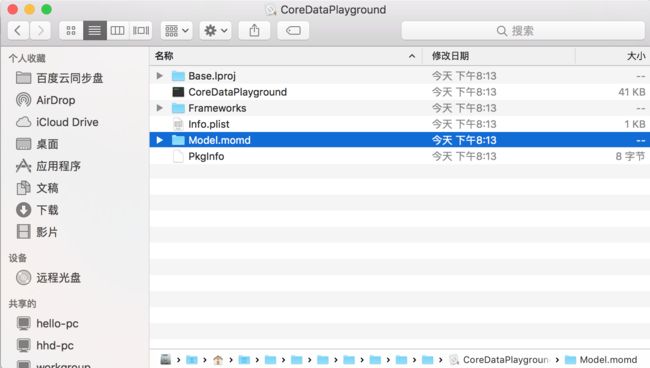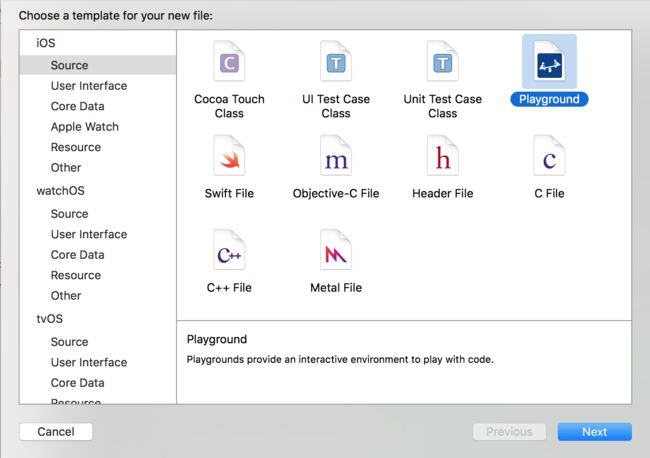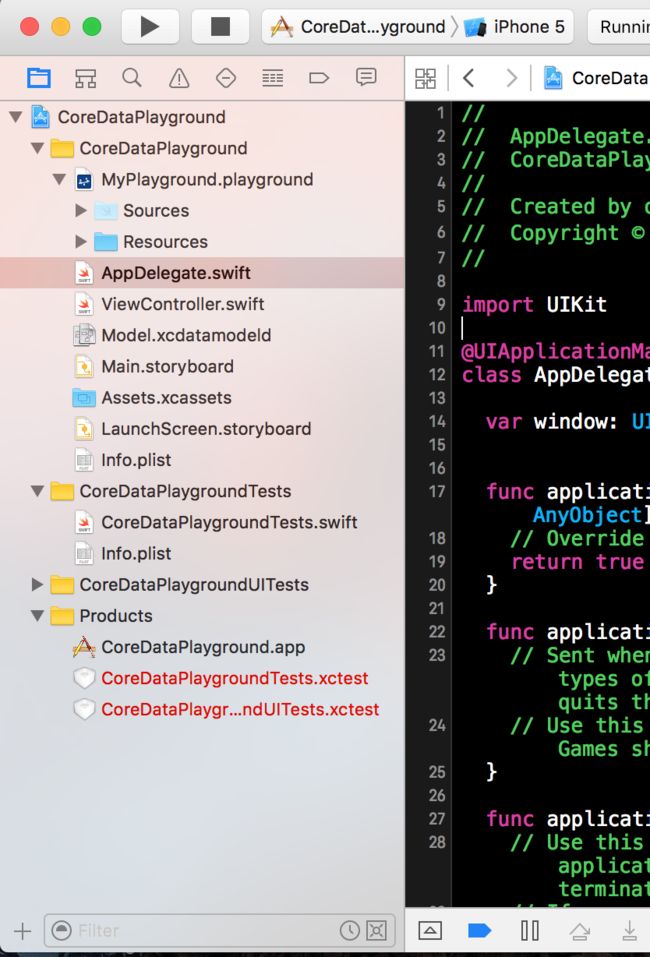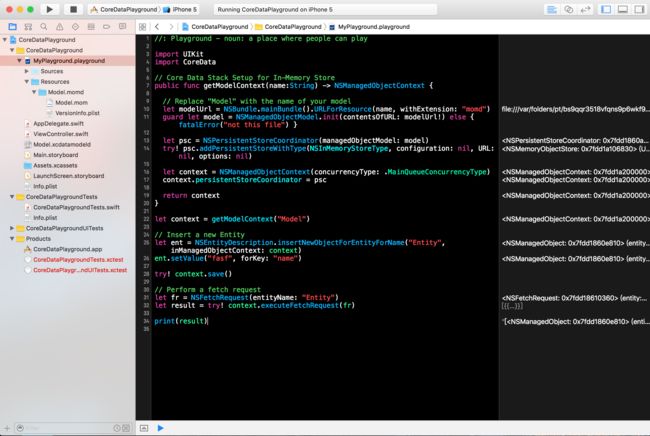- 【spring boot统一功能处理】拦截器
一只淡水鱼66
JavaEEspringbootjava后端拦截器
拦截器在SpringBoot中,拦截器(Interceptor)是用于在处理请求前后进行一些自定义操作的组件,常用于日志记录、权限检查、性能监控等。拦截器的使用依赖于HandlerInterceptor接口和WebMvcConfigurer接口。1.HandlerInterceptor接口HandlerInterceptor接口是SpringMVC中用来定义拦截器的核心接口。它有三个方法需要实现:
- “云计算+中职”:VR虚拟仿真实训室的发展前景
武汉唯众智创
云计算vr云计算实训室云计算实验室
在技术革新的浪潮中,中等职业教育(中职)正面临着转型升级的机遇。云计算与虚拟现实(VR)技术的结合,为中职教育提供了全新的教学模式和实训平台。一、云计算与VR虚拟仿真实训室的融合云计算技术以其高可靠性、可扩展性和灵活性,为VR虚拟仿真实训室提供了强大的技术支撑。通过云计算,学校可以构建高效、稳定的VR实训平台,实现资源的集中管理和动态分配。这不仅可以降低学校的运维成本,还能提高实训室的利用率和实训
- 使用 Python 实现 WebSocket 服务器与客户端通信
又蓝
pythonwebsocket
简介WebSocket是一种基于TCP协议的通信协议,能够在客户端与服务器之间进行全双工(双向)通信。相比传统的HTTP协议,WebSocket可以实现实时数据的传输,尤其适合需要实时交互的应用场景,如在线游戏、实时聊天、金融交易等。我通过Python实现一个简单的WebSocket服务器,并使其与客户端进行通信。我们将创建两个Python文件:websocket.py和main.py,webso
- 单体架构、集群架构和分布式架构概述
JoyousHorse
软件工程架构分布式软考软件工程系统架构设计师
单体架构、集群架构和分布式架构概述在现代系统架构和开发过程中,单体架构、集群架构和分布式架构是三个常见且关键的概念。本文将详细介绍这些技术的相关概念,并探讨它们之间的联系与区别。一、单体架构单体架构,即单体技术,是一种软件设计模式,所有的功能和模块都集中在一个单一的应用程序中。比较常见的是学生时代开发的各类应用程序,应用包部署在一台服务器上,无需考虑系统性能、请求并发、服务连续性等问题。特点:单一
- R语言的并发编程
技术的探险家
包罗万象golang开发语言后端
R语言的并发编程引言在现代计算中,如何有效地利用计算资源进行数据处理和分析已成为一个重要的研究方向。尤其在大数据时代,数据量的急剧增加让单线程处理方式显得力不从心。为了解决这一问题,各种编程语言都开展了并发编程的研究和应用。R语言作为一种广泛应用于统计分析和数据科学的语言,也为并发编程提供了强大的支持。本文将介绍R语言的并发编程,包括其基本概念、常用包、应用示例以及实用技巧。一、并发编程基础并发编
- 事件驱动架构下的Java应用——构建响应迅速、解耦合的高效系统
墨夶
Java学习资料2java架构开发语言
在当今快速变化的技术环境中,软件系统的灵活性和响应速度成为了决定其成功与否的关键因素之一。传统的同步处理方式往往难以满足现代应用程序对于高性能和低延迟的要求。而事件驱动架构(Event-DrivenArchitecture,EDA)作为一种新兴的设计模式,通过引入异步机制来实现组件间的松散耦合,从而极大地提高了系统的可扩展性和维护性。本文将深入探讨如何基于Java语言构建一个高效的事件驱动架构,并
- 用C++实现一个基于模板的观察者设计模式
CoderIsArt
UML设计模式C++11设计模式
观察者模式定义观察者模式(ObserverPattern)是一种行为型设计模式,用于定义对象间的一对多依赖关系,使得当一个对象状态发生变化时,其所有依赖它的对象都会收到通知并自动更新。核心概念角色定义Subject(被观察者):持有观察者列表,维护观察者的注册和移除。状态改变时通知所有观察者。Observer(观察者):定义接收通知的接口。注册到被观察者中,等待状态变化通知。适用场景一个对象状态改
- 基于Python实现读取嵌套压缩包下的文件
袁袁袁袁满
Python实用技巧大全python嵌套压缩包下文件读取Python实现嵌套压缩包压缩包zipfileBytesIO
文章目录前言思路完整代码代码优化前言工作中遇到的问题,需要用Python实现嵌套压缩包下文件读取,这里记录下方法,希望能帮助到更多的人。思路打开外层zip压缩包并遍历文件:使用withzipfile.ZipFile(outer_zip_path,'r')asouter_zip语句以读取模式'r'打开用户输入的外层zip压缩包对应的文件,这样在代码块结束后会自动关闭该文件,避免资源泄露。通过oute
- Java 数组排序
赔罪
Java系统学习java排序算法算法java-ee数组排序
目录1.Java冒泡排序(BubbleSort)1.冒泡排序2.冒泡排序的算法原理3.冒泡排序的复杂度和性能4.形成代码2.Java快速排序(QuickSort)3.Java归并排序(MergeSort)4.Java选择排序(SelectionSort)5.Java直接插入排序6.Java希尔排序(ShellSort)1.Java冒泡排序(BubbleSort)1.冒泡排序冒泡排序(BubbleS
- OpenSPG docker 安装教程
@comefly
NLPdockeropenspg知识图谱llm
文章目录前言自述一、OpenSPG1.介绍二、安装步骤1.安装服务端2.客户端部署前言自述我最近是想结合chatglm3-6b和知识图谱做一个垂直领域的技术规范的问答系统,过程中也遇到了很多困难,在模型微调上,在数据集收集整理上,在知识图谱的信息抽取上等等,咬咬牙,多学习就可以解决,本文主要写一下利用openspg做技术规范的信息抽取的部署安装过程。一、OpenSPG1.介绍OpenSPG是蚂蚁集
- 使用Node.js+Express框架,创建一个独立的服务器端项目
海绵宝宝人间体
node.jsexpress
使用Node.js+Express框架,创建一个独立的服务器端项目1、安装Node.js环境node.js中文网官网:Node.js中文网安装完成后,在命令行中输入node-v和npm-v来检查Node.js和npm(NodePackageManager)是否安装成功。2、初始化项目创建一个新的文件夹作为你的项目文件夹。在命令行中进入该文件夹,并运行npminit-y来初始化项目并生成packag
- 麒麟操作系统服务架构保姆级教程(十一)https配置
小屁不止是运维
系统架构架构https网络协议linux运维LNMP服务器
如果你想拥有你从未拥有过的东西,那么你必须去做你从未做过的事情在运维工作中,加密和安全的作用是十分重要的,如果仅仅用http协议来对外展示我们的网站,过一段时间就会发现网站首页被人奇奇怪怪的篡改了,本来好好的博客论坛,被人篡改的五毒俱全,这个时候我们的网站就需要加密访问了,这个加密不是说要密码才可以查看网站,而是通过https协议进行加密访问,客户端进行访问的时候会进行加密和解密,防止我们的web
- 麒麟操作系统基础知识保姆级教程(十五)权限管理
小屁不止是运维
基础知识linux服务器网络运维学习bash
如果你想拥有你从未拥有过的东西,那么你必须去做你从未做过的事情之前咱们了解过了麒麟操作系统的sudo提权,那么都有哪些关于咱们权限有哪些相关的知识呢?欢迎交流:在学习过程中如果你有任何疑问或想法,欢迎在评论区留言,我们可以共同探讨学习的内容。你的支持是我持续创作的动力!点赞、收藏与推荐:如果你觉得这篇文章对你有所帮助,请不要忘记点赞、收藏,并分享给更多的小伙伴!你们的鼓励是我不断进步的源泉!推广给
- 麒麟操作系统基础知识保姆级教程(八)压缩解压缩和文件权限
小屁不止是运维
基础知识服务器网络linux运维学习ubuntu
如果你想拥有你从未拥有过的东西,那么你必须去做你从未做过的事情一、打包压缩和解压缩麒麟操作系统常用的打包和压缩的命令有两种:tar和zip1、tar打包压缩打包:tar最初主要用于将多个文件和目录打包成一个文件,方便文件的存储和传输。它不会对文件内容进行压缩,只是简单地将它们整合在一起。压缩:tar可以与其他压缩工具(如gzip、bzip2等)结合使用,实现打包和压缩的功能。这样可以有效地减小文件
- 麒麟操作系统搭建本地yum源(_x86架构麒麟v10sp3)
小屁不止是运维
系统安装架构linux运维
文章开始先附上自己最喜欢的一段话如果你想拥有你从未拥有过的东西,那么你必须去做你从未做过的事情有些公司的工作环境是内网环境,无法链接互联网,那么这个时候就需要一套本地的yum源来下载一些服务一、准备好自己的操作系统对应的镜像根据自己服务器的操作系统类型准备好对应版本的镜像,我的操作系统是_x86架构的麒麟v10sp3的操作系统。可以去官网下载你的镜像下载地址为:https://www.kylino
- 麒麟操作系统基础知识保姆级教程(五)系统优化
小屁不止是运维
基础知识架构linux运维服务器
如果你想拥有你从未拥有过的东西,那么你必须去做你从未做过的事情1、查看系统版本两种方法1、使用命令查看[root@localhost~]#hostnamectl Statichostname:localhost.localdomain Iconname:computer-vm Chassis:vm MachineID:372f0bb3bfcd4bd09688fd725b9a085
- 网络编程——UDP套接字
Sirudoi
网络网络udp服务器
一、前缀知识端口号:用来标识在一台机器上的唯一进程。IP地址:用来标识在网络上的唯一主机。因此通过IP+端口号的方式,就可以在互联网上唯一标识一个进程,套接字就是通过这种方式,唯一地标识在互联网之间通信的一对进程,网络套接字的本质其实就是进程间的通信。套接字是在传输层的接口,可以让我们选择通信的协议是UDP,还是TCP。1.1端口号&进程PID这里区分一下端口号和进程的PID,看到这里你也许会问:
- 基于SIFT特征提取和模板匹配的车标识别算法MATLAB仿真(含MATLAB代码)
爱学习的通信人
图像处理毕业设计信号处理算法matlab开发语言
摘要本文介绍了一种基于尺度不变特征变换(SIFT)特征提取和模板匹配的车标识别方法,并通过MATLAB进行仿真。该方法利用SIFT特征的尺度和旋转不变性,提高车标识别的准确性和鲁棒性,适用于各种尺寸和方向的车标图像。仿真结果展示了该方法在实际应用中的有效性。关键词:车标识别,SIFT特征提取,模板匹配,MATLAB仿真1.引言车标识别在车辆检测、智能交通系统和安全监控中具有重要应用。准确识别车辆品
- 为什么要用const来修饰指针,以及const的主要作用是什么
不二周!
Cc语言
1、通过地址传递(指针作为形参)能够节省内存空间,因为值传递会重新拷贝一份数据过来,而地址传递就指针一个2、用const修饰函数的形参,是为了防止误操作,修改了变量的值3、实际上也不是不可以改,再用一个指针指向这个地址就可以了,但是为了防止误操作加了const,到头来还要前方百计的想要修改变量的值,这样做就没有意义了
- 如何新建一个React Native的项目
LJ小番茄
随便写点reactnativereact.jsjavascript
要新建一个ReactNative项目,你可以使用ReactNative官方推荐的工具ReactNativeCLI或者Expo。两者的区别在于:ReactNativeCLI提供更多对原生代码的访问权限,适合构建复杂的应用;而Expo是一个开发工具链,简化了许多设置,非常适合快速启动项目,尤其是小型应用或原生功能需求不高的项目。下面我将分别介绍如何使用ReactNativeCLI和ExpoCLI来创建
- 设计模式详解(命令模式)
小马不敲代码
设计模式设计模式命令模式
命令模式(CommandPattern)是一种行为型设计模式,它将请求封装为一个对象,从而使得请求的发送者和接收者解耦。一、命令模式的核心思想命令模式的核心思想是将“请求”封装成为一个对象,从而使得我们可以用不同的请求对客户进行参数化,对请求排队或记录请求日志,以及支持可撤销的操作。每一个命令都是一个操作:请求的一方发出请求要求执行一个操作;接收的一方收到请求,并执行相应的操作。命令模式允许请求的
- MVC设计模式简介
大海知天空
MVC设计模式(Model-View-Controller)是软件工程中常见的一种软件架构模式,该模式把软件系统(项目)分为三个基本部分:模型(Model)、视图(View)和控制器(Controller)。使用MVC模式有很多优势,例如:简化后期对项目的修改、扩展等维护操作;使项目的某一部分变得可以重复利用;使项目的结构更加直观。具体来讲,MVC模式可以将项目划分为模型(M)、视图(V)和控制器
- java3d酷眩贪吃蛇下载,100行JS实现HTML5的3D贪吃蛇游戏
weixin_39983554
java3d酷眩贪吃蛇下载
js1k.com收集了小于1k的javascript小例子,里面有很多很炫很酷的游戏和特效,今年规则又增加了新花样,传统的classic类型基础上又增加了WebGL类型,以及允许增加到2K的++类型,多次想尝试提交个小游戏但总无法写出让自己满意还能控制在这么小的字节范围。自己写不出来,站在巨人肩膀总是有机会吧,折腾了一番站在Hightopo的肩膀上搞了个3D贪吃蛇游戏,算了算JS代码还只有90来行
- asp.net mysql 性能问题_ASP.NET性能优化小结
syhakh
asp.netmysql性能问题
一、返回多个数据集检查你的访问数据库的代码,看是否存在着要返回多次的请求。每次往返降低了你的应用程序的每秒能够响应请求的次数。通过在单个数据库请求中返回多个结果集,可以减少与数据库通信的时间,使你的系统具有扩展性,也可以减少数据库服务器响应请求的工作量。如果用动态的SQL语句来返回多个数据集,那用存储过程来替代动态的SQL语句会更好些。是否把业务逻辑写到存储过程中,这个有点争议。但是我认为,把业务
- docker的staut一直是exit1_Docker随笔记—docker run执行后,容器的状态是Exited的一些困惑...
长颈鹿很忙
问题:运行dockerrun-itd-p5000:5000localregistryregistry:2.5/bin/bash命令后,发现容器并没有跑起来,而是变成了Exit状态。如果将末尾的/bin/bash去掉,容器就能正常的start了解决:翻看不少docker资料,到目前位置,对导致此问题的出现算是有了一个比较清晰的认识。1.容器的生命周期。要把docer容器看做是一个单独的进程。它不是一
- Python 实现七大排序算法
weixin_30527323
pythonshell数据结构与算法
技术博客:github.com/yongxinz/te…本文用Python实现了插入排序、希尔排序、冒泡排序、快速排序、直接选择排序、堆排序、归并排序。先整体看一下各个算法之间的对比,然后再进行详细介绍:排序算法平均时间复杂度最好情况最坏情况空间复杂度排序方式稳定性插入排序O(n²)O(n)O(n²)O(1)In-place稳定冒泡排序O(n²)O(n)O(n²)O(1)In-place稳定选择排
- MySQL.data.dll v4.0:深入.NET与MySQL交互的关键组件
小黄人95
本文还有配套的精品资源,点击获取简介:MySQL.data.dll是.NETFramework应用程序与MySQL服务器通信的重要组件,包含MySqlClient类库,提供数据库连接、命令执行和数据适配等功能。它对.NET开发人员使用C#、***等语言操作MySQL数据库至关重要。本实践指南将深入介绍如何正确配置和使用MySQL.data.dll,包括连接字符串配置、异常处理、数据库操作、连接管理
- Android开发中图片处理
wayne214
android
图片优化:选择合适的图片格式:使用适当的图片格式(如PNG、JPEG或WebP)以获得最佳的图片质量和文件大小。通常,JPEG用于具有丰富颜色和细节的图片,PNG用于需要透明度的图片,而WebP则结合了JPEG和PNG的优点,且具有更小的文件大小。压缩图片:在不损失图像质量的前提下尽可能减小图像文件大小。可以使用AndroidStudio的ImageAssetStudio工具或在线工具(如Tiny
- ReactNative0.75版本发布,一文快速了解
wayne214
ReactNativereactnative
ReactNative0.75版本的更新包含了多个方面的内容,以下是一些详细信息:亮点Yoga3.1和布局改进:支持%值在布局中的应用,如gap、translation等属性,但仅适用于新架构。新架构稳定化:修复了一些Bug,提高了稳定性,并在ReactNativeDirectory中添加了新架构支持信息,还发布了关于支持新架构中UIManager的文章。使用框架:推荐通过框架(如Expo)构建R
- ollama教程——使用LangChain调用Ollama接口实现ReAct
walkskyer
ollama入门教程langchainreact.js前端
ollama入门系列教程简介与目录相关文章:Ollama教程——入门:开启本地大型语言模型开发之旅Ollama教程——模型:如何将模型高效导入到Ollama框架Ollama教程——兼容OpenAIAPI:高效利用兼容OpenAI的API进行AI项目开发Ollama教程——使用LangChain:Ollama与LangChain的强强联合Ollama教程——生成内容API:利用Ollama的原生AP
- 多线程编程之理财
周凡杨
java多线程生产者消费者理财
现实生活中,我们一边工作,一边消费,正常情况下会把多余的钱存起来,比如存到余额宝,还可以多挣点钱,现在就有这个情况:我每月可以发工资20000万元 (暂定每月的1号),每月消费5000(租房+生活费)元(暂定每月的1号),其中租金是大头占90%,交房租的方式可以选择(一月一交,两月一交、三月一交),理财:1万元存余额宝一天可以赚1元钱,
- [Zookeeper学习笔记之三]Zookeeper会话超时机制
bit1129
zookeeper
首先,会话超时是由Zookeeper服务端通知客户端会话已经超时,客户端不能自行决定会话已经超时,不过客户端可以通过调用Zookeeper.close()主动的发起会话结束请求,如下的代码输出内容
Created /zoo-739160015
CONNECTEDCONNECTED
.............CONNECTEDCONNECTED
CONNECTEDCLOSEDCLOSED
- SecureCRT快捷键
daizj
secureCRT快捷键
ctrl + a : 移动光标到行首ctrl + e :移动光标到行尾crtl + b: 光标前移1个字符crtl + f: 光标后移1个字符crtl + h : 删除光标之前的一个字符ctrl + d :删除光标之后的一个字符crtl + k :删除光标到行尾所有字符crtl + u : 删除光标至行首所有字符crtl + w: 删除光标至行首
- Java 子类与父类这间的转换
周凡杨
java 父类与子类的转换
最近同事调的一个服务报错,查看后是日期之间转换出的问题。代码里是把 java.sql.Date 类型的对象 强制转换为 java.sql.Timestamp 类型的对象。报java.lang.ClassCastException。
代码:
- 可视化swing界面编辑
朱辉辉33
eclipseswing
今天发现了一个WindowBuilder插件,功能好强大,啊哈哈,从此告别手动编辑swing界面代码,直接像VB那样编辑界面,代码会自动生成。
首先在Eclipse中点击help,选择Install New Software,然后在Work with中输入WindowBui
- web报表工具FineReport常用函数的用法总结(文本函数)
老A不折腾
finereportweb报表工具报表软件java报表
文本函数
CHAR
CHAR(number):根据指定数字返回对应的字符。CHAR函数可将计算机其他类型的数字代码转换为字符。
Number:用于指定字符的数字,介于1Number:用于指定字符的数字,介于165535之间(包括1和65535)。
示例:
CHAR(88)等于“X”。
CHAR(45)等于“-”。
CODE
CODE(text):计算文本串中第一个字
- mysql安装出错
林鹤霄
mysql安装
[root@localhost ~]# rpm -ivh MySQL-server-5.5.24-1.linux2.6.x86_64.rpm Preparing... #####################
- linux下编译libuv
aigo
libuv
下载最新版本的libuv源码,解压后执行:
./autogen.sh
这时会提醒找不到automake命令,通过一下命令执行安装(redhat系用yum,Debian系用apt-get):
# yum -y install automake
# yum -y install libtool
如果提示错误:make: *** No targe
- 中国行政区数据及三级联动菜单
alxw4616
近期做项目需要三级联动菜单,上网查了半天竟然没有发现一个能直接用的!
呵呵,都要自己填数据....我了个去这东西麻烦就麻烦的数据上.
哎,自己没办法动手写吧.
现将这些数据共享出了,以方便大家.嗯,代码也可以直接使用
文件说明
lib\area.sql -- 县及县以上行政区划分代码(截止2013年8月31日)来源:国家统计局 发布时间:2014-01-17 15:0
- 哈夫曼加密文件
百合不是茶
哈夫曼压缩哈夫曼加密二叉树
在上一篇介绍过哈夫曼编码的基础知识,下面就直接介绍使用哈夫曼编码怎么来做文件加密或者压缩与解压的软件,对于新手来是有点难度的,主要还是要理清楚步骤;
加密步骤:
1,统计文件中字节出现的次数,作为权值
2,创建节点和哈夫曼树
3,得到每个子节点01串
4,使用哈夫曼编码表示每个字节
- JDK1.5 Cyclicbarrier实例
bijian1013
javathreadjava多线程Cyclicbarrier
CyclicBarrier类
一个同步辅助类,它允许一组线程互相等待,直到到达某个公共屏障点 (common barrier point)。在涉及一组固定大小的线程的程序中,这些线程必须不时地互相等待,此时 CyclicBarrier 很有用。因为该 barrier 在释放等待线程后可以重用,所以称它为循环的 barrier。
CyclicBarrier支持一个可选的 Runnable 命令,
- 九项重要的职业规划
bijian1013
工作学习
一. 学习的步伐不停止 古人说,活到老,学到老。终身学习应该是您的座右铭。 世界在不断变化,每个人都在寻找各自的事业途径。 您只有保证了足够的技能储
- 【Java范型四】范型方法
bit1129
java
范型参数不仅仅可以用于类型的声明上,例如
package com.tom.lang.generics;
import java.util.List;
public class Generics<T> {
private T value;
public Generics(T value) {
this.value =
- 【Hadoop十三】HDFS Java API基本操作
bit1129
hadoop
package com.examples.hadoop;
import org.apache.hadoop.conf.Configuration;
import org.apache.hadoop.fs.FSDataInputStream;
import org.apache.hadoop.fs.FileStatus;
import org.apache.hadoo
- ua实现split字符串分隔
ronin47
lua split
LUA并不象其它许多"大而全"的语言那样,包括很多功能,比如网络通讯、图形界面等。但是LUA可以很容易地被扩展:由宿主语言(通常是C或 C++)提供这些功能,LUA可以使用它们,就像是本来就内置的功能一样。LUA只包括一个精简的核心和最基本的库。这使得LUA体积小、启动速度快,从 而适合嵌入在别的程序里。因此在lua中并没有其他语言那样多的系统函数。习惯了其他语言的字符串分割函
- java-从先序遍历和中序遍历重建二叉树
bylijinnan
java
public class BuildTreePreOrderInOrder {
/**
* Build Binary Tree from PreOrder and InOrder
* _______7______
/ \
__10__ ___2
/ \ /
4
- openfire开发指南《连接和登陆》
开窍的石头
openfire开发指南smack
第一步
官网下载smack.jar包
下载地址:http://www.igniterealtime.org/downloads/index.jsp#smack
第二步
把smack里边的jar导入你新建的java项目中
开始编写smack连接openfire代码
p
- [移动通讯]手机后盖应该按需要能够随时开启
comsci
移动
看到新的手机,很多由金属材质做的外壳,内存和闪存容量越来越大,CPU速度越来越快,对于这些改进,我们非常高兴,也非常欢迎
但是,对于手机的新设计,有几点我们也要注意
第一:手机的后盖应该能够被用户自行取下来,手机的电池的可更换性应该是必须保留的设计,
- 20款国外知名的php开源cms系统
cuiyadll
cms
内容管理系统,简称CMS,是一种简易的发布和管理新闻的程序。用户可以在后端管理系统中发布,编辑和删除文章,即使您不需要懂得HTML和其他脚本语言,这就是CMS的优点。
在这里我决定介绍20款目前国外市面上最流行的开源的PHP内容管理系统,以便没有PHP知识的读者也可以通过国外内容管理系统建立自己的网站。
1. Wordpress
WordPress的是一个功能强大且易于使用的内容管
- Java生成全局唯一标识符
darrenzhu
javauuiduniqueidentifierid
How to generate a globally unique identifier in Java
http://stackoverflow.com/questions/21536572/generate-unique-id-in-java-to-label-groups-of-related-entries-in-a-log
http://stackoverflow
- php安装模块检测是否已安装过, 使用的SQL语句
dcj3sjt126com
sql
SHOW [FULL] TABLES [FROM db_name] [LIKE 'pattern']
SHOW TABLES列举了给定数据库中的非TEMPORARY表。您也可以使用mysqlshow db_name命令得到此清单。
本命令也列举数据库中的其它视图。支持FULL修改符,这样SHOW FULL TABLES就可以显示第二个输出列。对于一个表,第二列的值为BASE T
- 5天学会一种 web 开发框架
dcj3sjt126com
Web框架framework
web framework层出不穷,特别是ruby/python,各有10+个,php/java也是一大堆 根据我自己的经验写了一个to do list,按照这个清单,一条一条的学习,事半功倍,很快就能掌握 一共25条,即便很磨蹭,2小时也能搞定一条,25*2=50。只需要50小时就能掌握任意一种web框架
各类web框架大同小异:现代web开发框架的6大元素,把握主线,就不会迷路
建议把本文
- Gson使用三(Map集合的处理,一对多处理)
eksliang
jsongsonGson mapGson 集合处理
转载请出自出处:http://eksliang.iteye.com/blog/2175532 一、概述
Map保存的是键值对的形式,Json的格式也是键值对的,所以正常情况下,map跟json之间的转换应当是理所当然的事情。 二、Map参考实例
package com.ickes.json;
import java.lang.refl
- cordova实现“再点击一次退出”效果
gundumw100
android
基本的写法如下:
document.addEventListener("deviceready", onDeviceReady, false);
function onDeviceReady() {
//navigator.splashscreen.hide();
document.addEventListener("b
- openldap configuration leaning note
iwindyforest
configuration
hostname // to display the computer name
hostname <changed name> // to change
go to: /etc/sysconfig/network, add/modify HOSTNAME=NEWNAME to change permenately
dont forget to change /etc/hosts
- Nullability and Objective-C
啸笑天
Objective-C
https://developer.apple.com/swift/blog/?id=25
http://www.cocoachina.com/ios/20150601/11989.html
http://blog.csdn.net/zhangao0086/article/details/44409913
http://blog.sunnyxx
- jsp中实现参数隐藏的两种方法
macroli
JavaScriptjsp
在一个JSP页面有一个链接,//确定是一个链接?点击弹出一个页面,需要传给这个页面一些参数。//正常的方法是设置弹出页面的src="***.do?p1=aaa&p2=bbb&p3=ccc"//确定目标URL是Action来处理?但是这样会在页面上看到传过来的参数,可能会不安全。要求实现src="***.do",参数通过其他方法传!//////
- Bootstrap A标签关闭modal并打开新的链接解决方案
qiaolevip
每天进步一点点学习永无止境bootstrap纵观千象
Bootstrap里面的js modal控件使用起来很方便,关闭也很简单。只需添加标签 data-dismiss="modal" 即可。
可是偏偏有时候需要a标签既要关闭modal,有要打开新的链接,尝试多种方法未果。只好使用原始js来控制。
<a href="#/group-buy" class="btn bt
- 二维数组在Java和C中的区别
流淚的芥末
javac二维数组数组
Java代码:
public class test03 {
public static void main(String[] args) {
int[][] a = {{1},{2,3},{4,5,6}};
System.out.println(a[0][1]);
}
}
运行结果:
Exception in thread "mai
- systemctl命令用法
wmlJava
linuxsystemctl
对比表,以 apache / httpd 为例 任务 旧指令 新指令 使某服务自动启动 chkconfig --level 3 httpd on systemctl enable httpd.service 使某服务不自动启动 chkconfig --level 3 httpd off systemctl disable httpd.service 检查服务状态 service h
